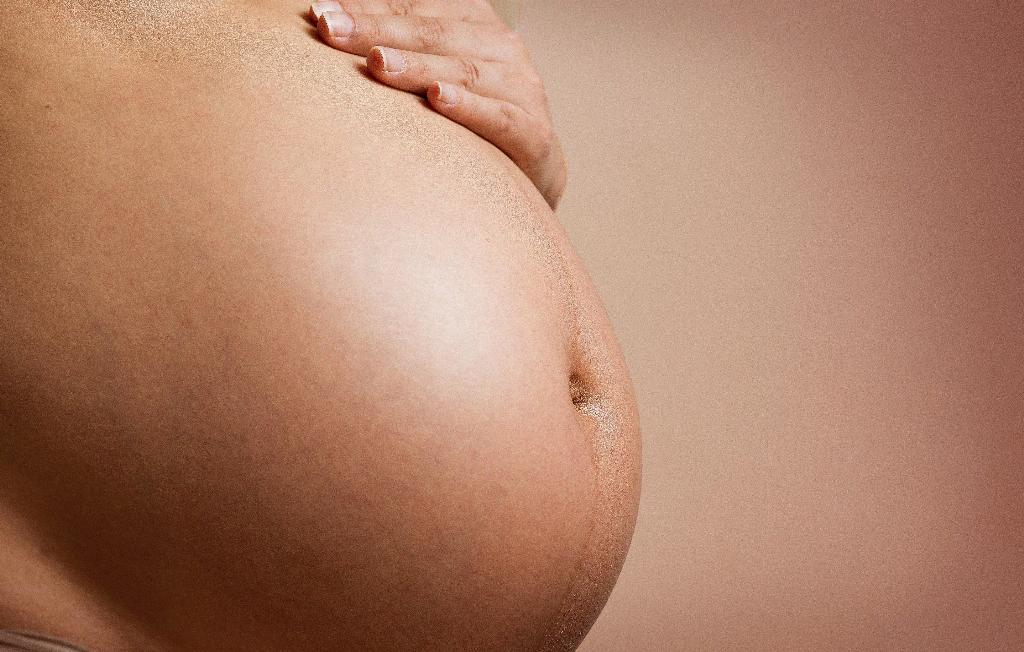When delving into the complexities of ectopic pregnancy, one can’t ignore the pivotal question that lingers in the minds of many: What is the primary cause of this condition? To shed light on this topic, it’s crucial to consider the intricate mechanisms that lead to the development of ectopic pregnancies.
At the forefront of factors contributing to ectopic pregnancies is the phenomenon of tubal pregnancies. The most common type of ectopic pregnancy occurs when a fertilized egg finds itself implanted in the fallopian tube, rather than making its way to the uterus as intended. The fallopian tube might be damaged due to inflammation or have an abnormal shape, obstructing the egg’s journey and leading to this precarious situation.
Moreover, hormonal imbalances can also play a significant role in the occurrence of ectopic pregnancies. When the delicate equilibrium of hormones essential for pregnancy is disrupted, it can affect the proper movement and implantation of the fertilized egg. These hormonal fluctuations may create an environment that predisposes the egg to implant outside the uterus, escalating the risk of an ectopic pregnancy.
Another key aspect to consider is the abnormal development of the fertilized egg itself. In some cases, the egg may not develop correctly or encounter obstacles that impede its progress towards the uterus. This abnormal growth can result in the egg implanting in the fallopian tube or other locations outside the uterus, culminating in an ectopic pregnancy.
Furthermore, certain risk factors can heighten the chances of experiencing an ectopic pregnancy. Women who have a history of pelvic inflammatory disease (PID) or previous ectopic pregnancies are at an increased risk. Additionally, conditions such as endometriosis, pelvic surgery, or congenital defects in the reproductive system can predispose individuals to ectopic pregnancies.
It’s essential to underscore the role of reproductive health in the context of ectopic pregnancies. Issues such as fallopian tube abnormalities, scarring from surgeries or infections, and conditions that affect the ability of the fallopian tubes to function properly can contribute to the incidence of ectopic pregnancies. Ensuring optimal reproductive health and addressing any underlying concerns is paramount in reducing the likelihood of ectopic pregnancies.
Medical interventions, such as assisted reproductive technologies, can also impact the risk of ectopic pregnancies. In vitro fertilization (IVF) procedures, for instance, carry a slightly elevated risk of ectopic pregnancies due to the manipulation of the fertilized eggs outside the body. Understanding these nuances and discussing the potential risks with healthcare providers is crucial for individuals undergoing fertility treatments.
Early detection and timely management of ectopic pregnancies are vital in safeguarding the health and well-being of individuals. Symptoms such as abdominal pain, vaginal bleeding, and shoulder tip pain should not be overlooked, as they could signal a potential ectopic pregnancy. Seeking prompt medical attention and undergoing diagnostic tests can help in confirming the diagnosis and facilitating appropriate treatment.
In conclusion, the leading cause of ectopic pregnancies often stems from abnormalities in the fallopian tubes, hormonal imbalances, and the development of the fertilized egg. Understanding these intricate factors, along with addressing underlying risk factors and prioritizing reproductive health, is crucial in navigating the complexities of ectopic pregnancies. By fostering awareness and seeking timely intervention, individuals can empower themselves to mitigate the risks associated with this challenging condition.

